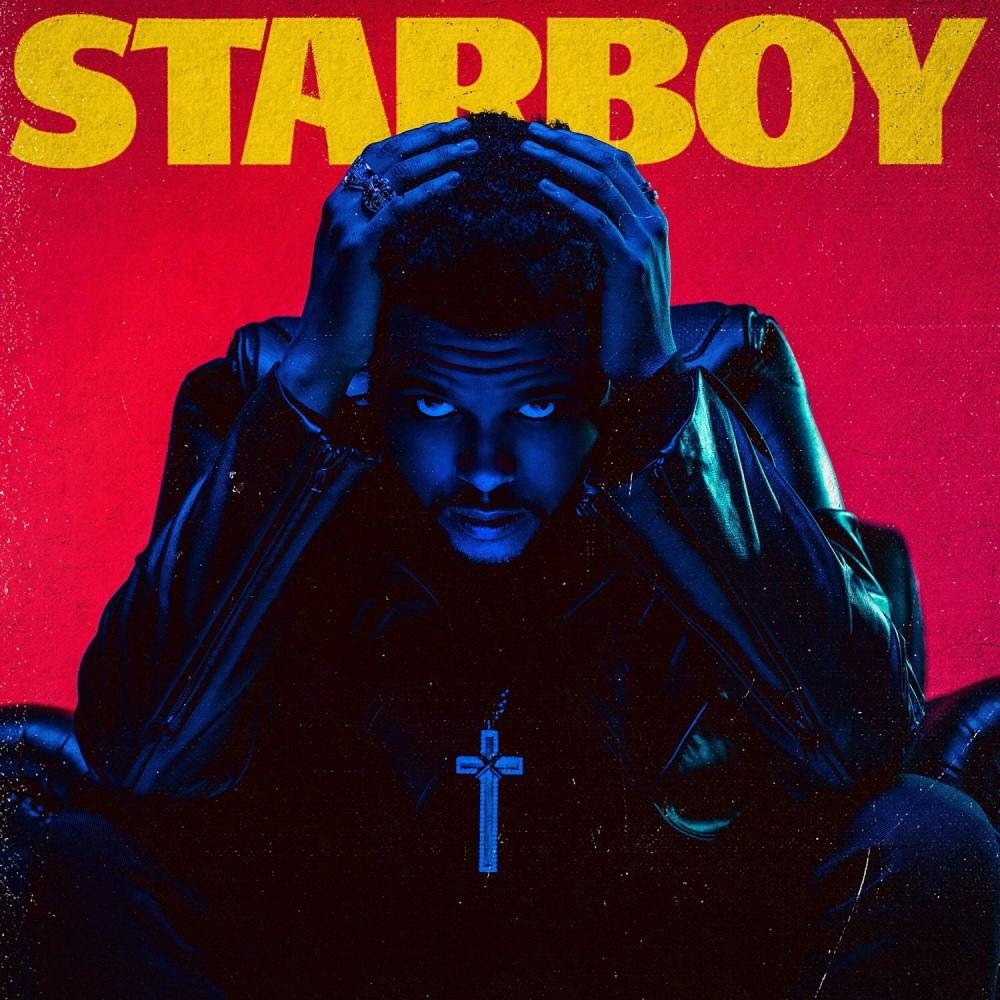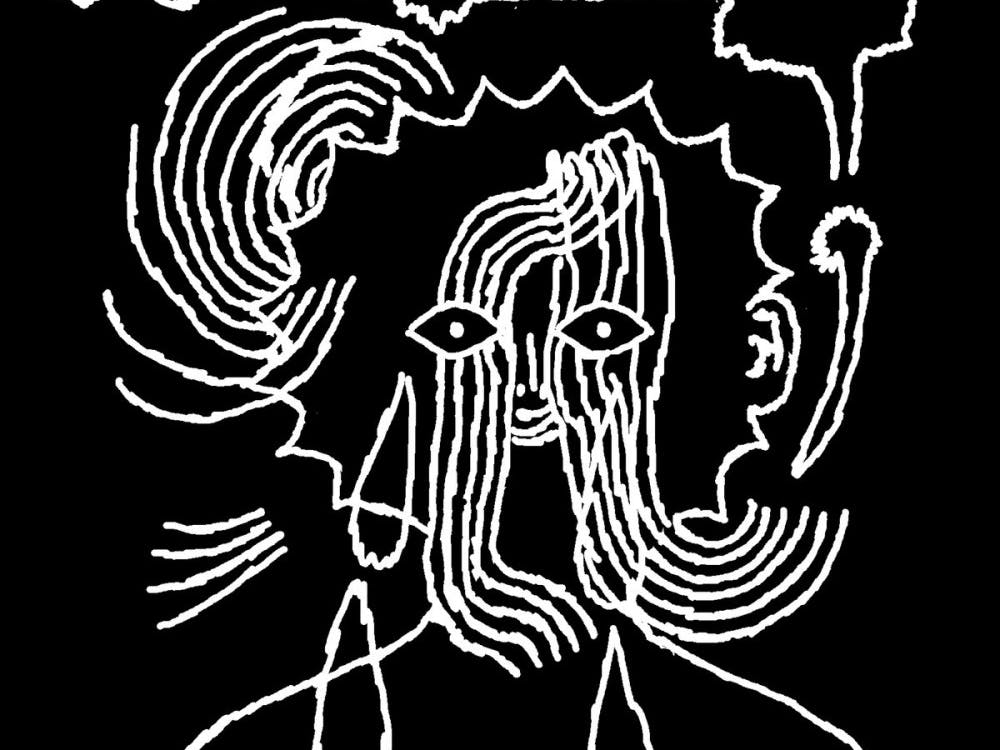The term “pop artist” is an oxymoron for self-proclaimed music aficionados around the world. With repackaged cookie-cutter ideas constantly being churned out by producers and songwriters, there never seems to be a shortage of pop artists. However, rare individuals who resonate with the masses while avoiding the vapid yet profitable milieu of pop music typically go down in history as musical legends.
The context surrounding “Starboy” truly makes it an interesting album. After releasing his record-shattering, commercial-breakthrough album, “Beauty Behind the Madness,” just one year ago, Abél Tesfaye (The Weeknd) faced an incredible dilemma. With the rapid rise of success comes not only fame and fortune, but also a huge increase in fans, many of whom are merely casual listeners and know nothing of the artist’s roots. A larger fan base makes it difficult to maintain a mainstream appeal while still honoring your muses. Pop has thus garnered such negative connotations due to its fairweather nature. One artist makes a particularly cool sound, and then a seemingly endless flow of similar-sounding musicians springs up and ultimately fade into obscurity once a trendier sound emerges.
Tesfaye has created the cool sound. His “Trilogy” mixtape series, originally released in 2012 on the mixtape-hosting website datpiff.com, quickly became an underground flagship. Sampling artists such as Siouxsie and the Banshees, Beach House and The Smiths while singing about the sinister aspects of nightlife, The Weeknd brought sounds and ideas into rhythm and blues that paved the way for the genre’s modern transformation. While “Beauty Behind the Madness” compromised that initial sound, it did so in a manner that intimated change was coming. After painting a vignette of night-crawling despondence on “Trilogy” and his debut album, “Kiss Land,” Tesfaye was left with two options — ride around in circles and wear down the road he created, or swerve out of his lane and navigate the unknown.
And that’s exactly what we hear on “Starboy.” Even after the first listen, the album sounds extremely uneven. Tracks like “Rockin’” fit snugly in pop radio station airwaves, while songs like “Sidewalks,” featuring Kendrick Lamar, display a more introspective and learned perspective.
The production on “Starboy” is also highly variable, adding to the unsteady vibe of the album. The project starts and ends with Daft Punk-produced songs, and everything from cloudy lounge house to sultry and passionate rhythm and blues rests in between.
The lyrics showcased on the album are also quite mixed. Perhaps the greatest contrast appears between “Party Monster” and “Reminder.” The prior sounds like a generic club banger, while the latter addresses issues such as the ironic Teen Choice Award nomination for “Can’t Feel My Face” — a song about the face-numbing effects of cocaine — and reminds listeners that “Every time we try to forget who I am / I'll be right there to remind you again.”
Perhaps one of the most pivotal moments on the album in terms of change from the old Weeknd to the new, is the song “True Colors.” Prior to this album, sex, drugs and money were tools in an existential exercise rather than vehicles of hedonism — no light shined through the shut blinds of Tesfaye’s hotel room. Lyrics such as “Paint me a picture with your true colors / These are the questions of a new lover” would have never appeared on previous projects, all of which were tied together by a similarly lonely and claustrophobic theme.
All-in-all, “Starboy” appears to be the second phase of metamorphosis for The Weeknd. Last year’s “Beauty Behind the Madness” was full of growing pains, and “Starboy” begins to show its effects, some good and some bad. Listeners should go into this project with their breath held tightly, exhaling slowly as the track list progresses and keep in mind this is the outcome of transitioning from “... homeless to Forbe’s list."







